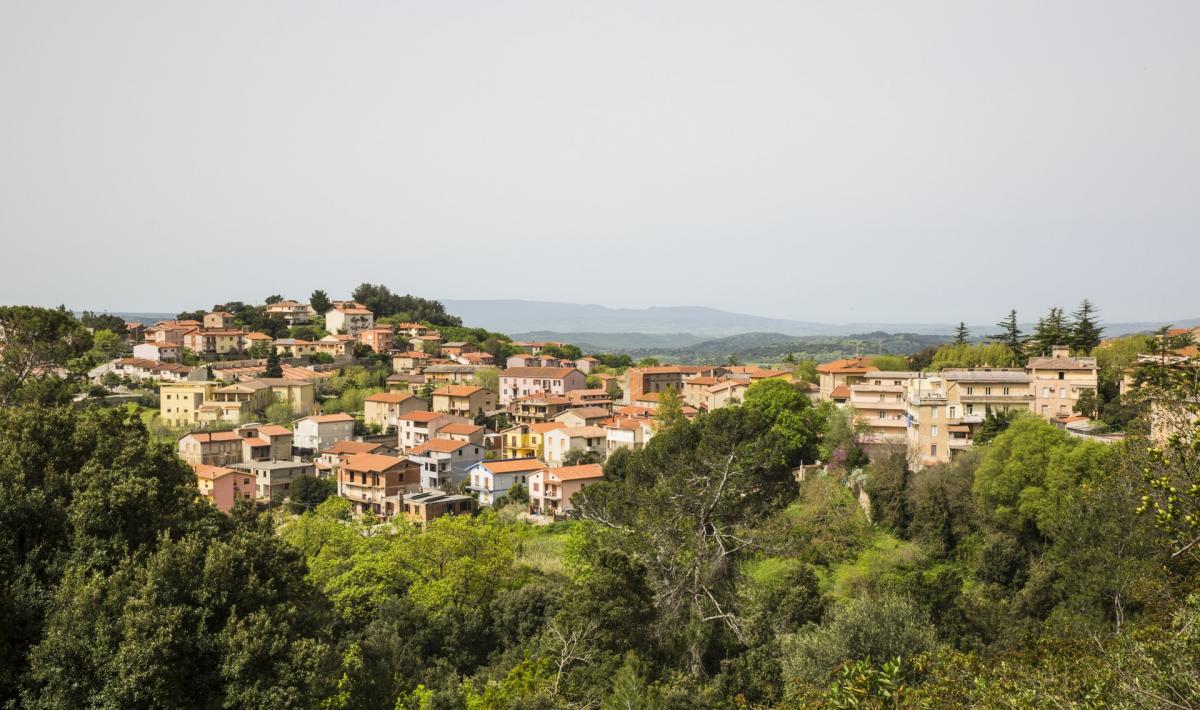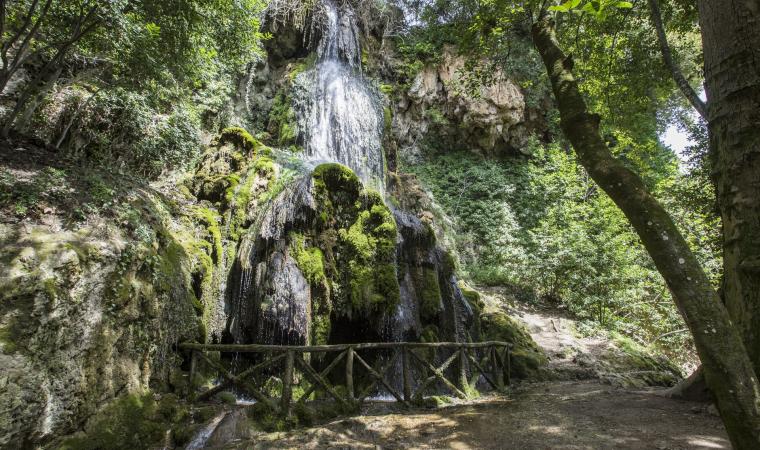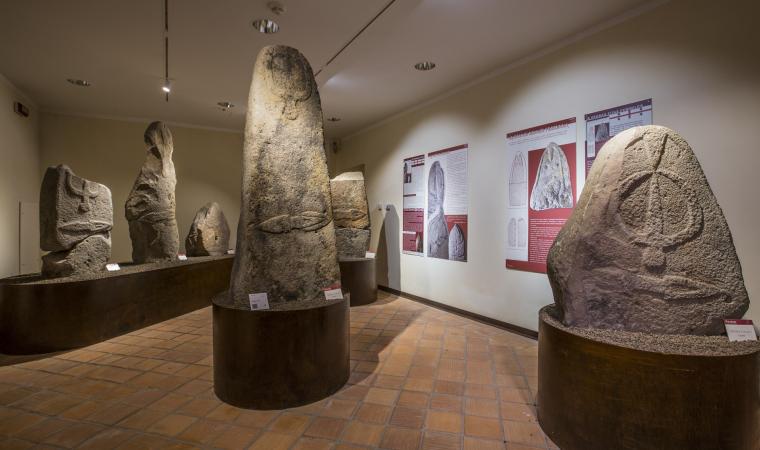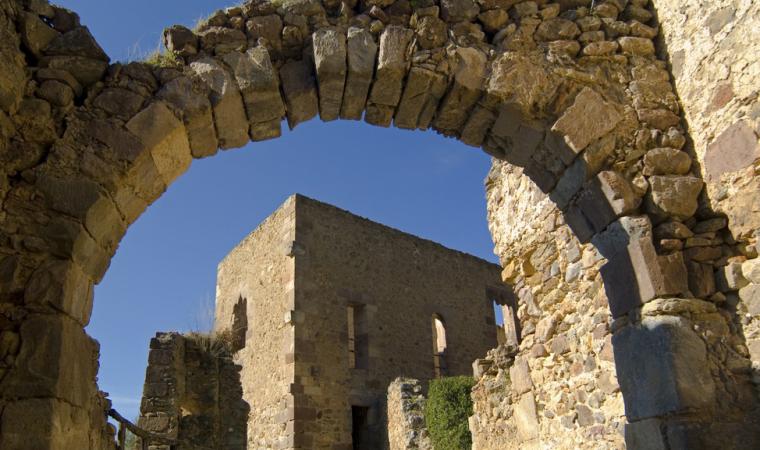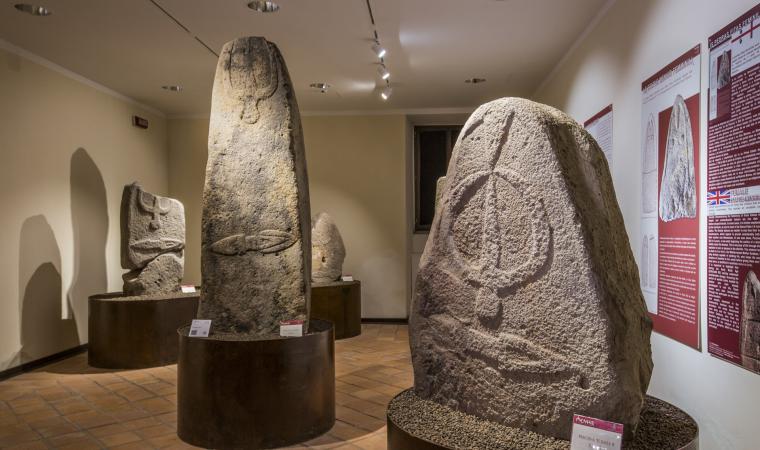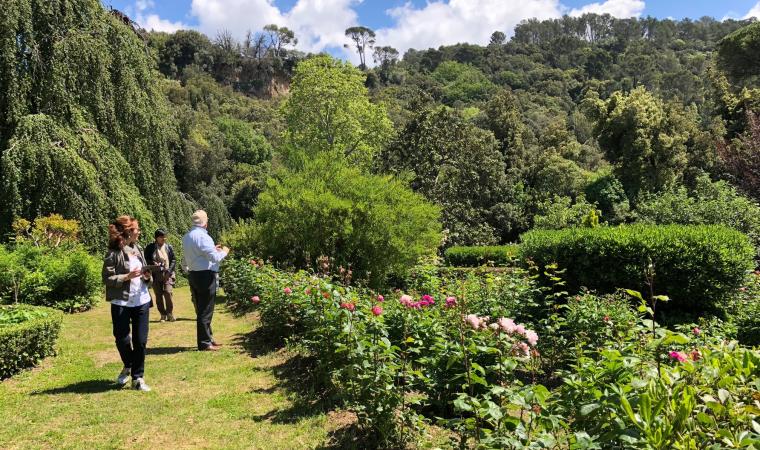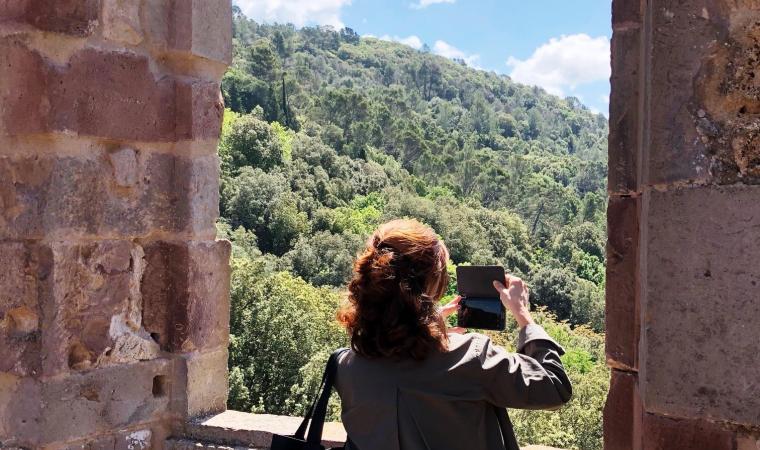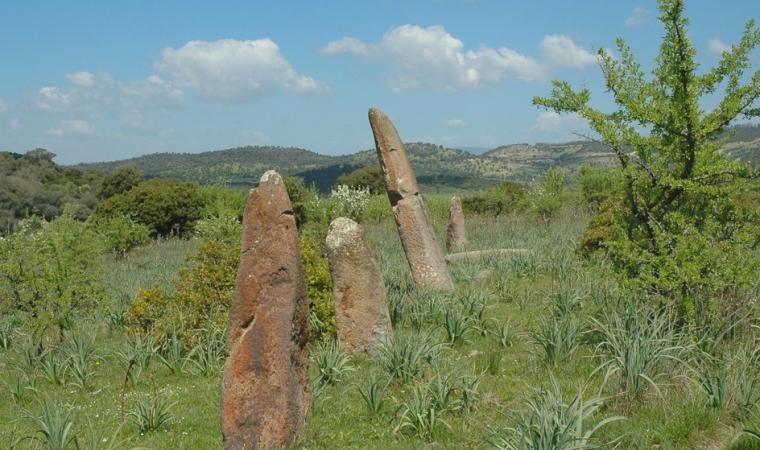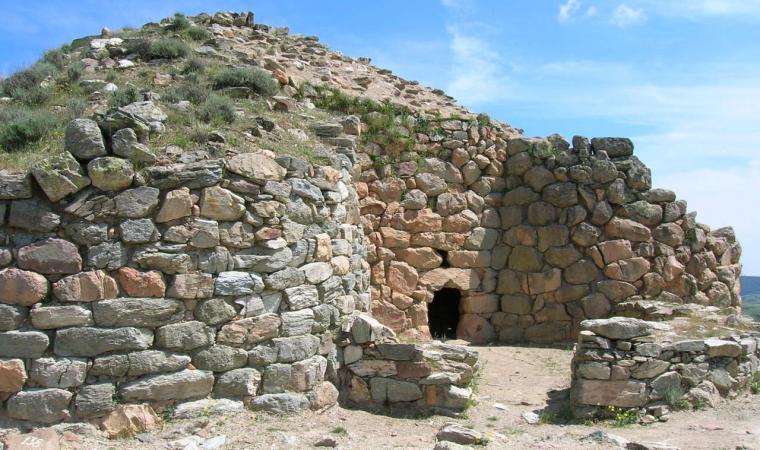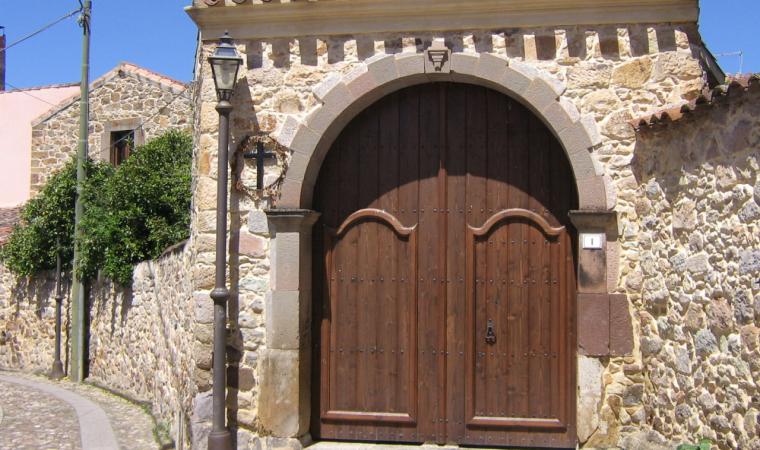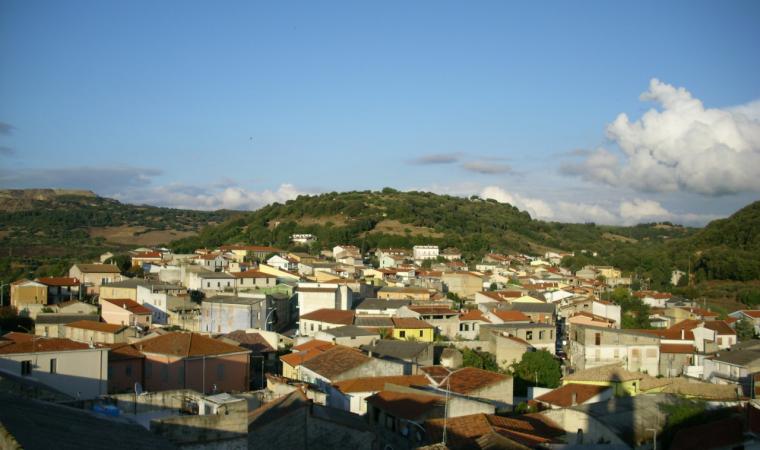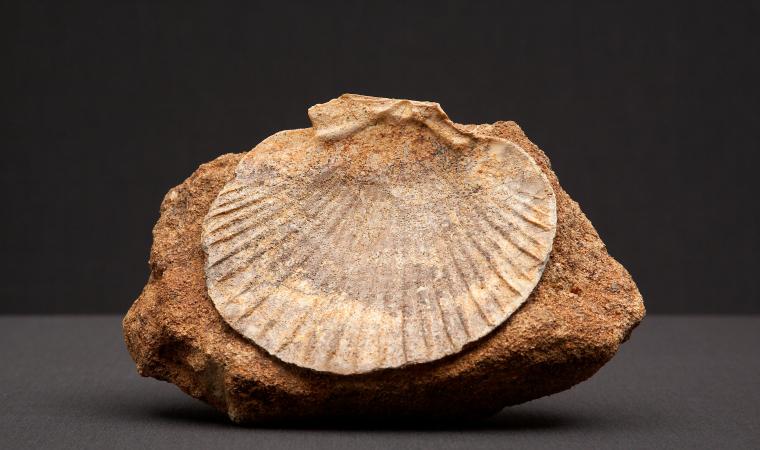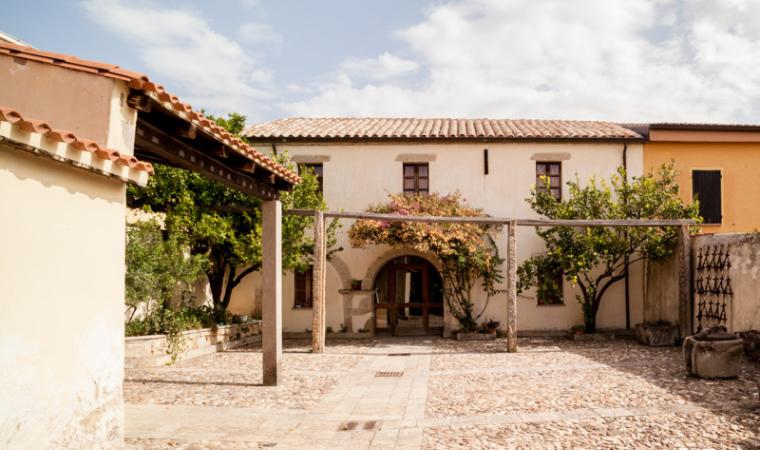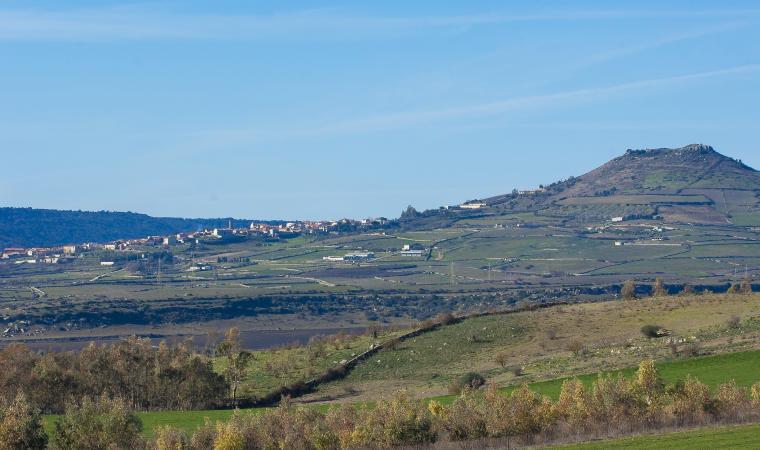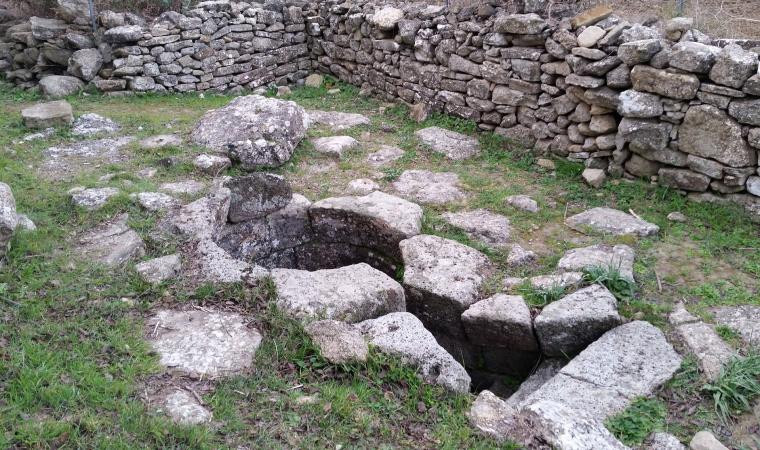A green oasis inside the village, unique evidence of prehistoric times, community values. The village of Laconi is a 'gem' with two thousand inhabitants, nestled in a forest, next to the Sarcidano hills, which boasts the Bandiera Arancione (Orange Flag) of the Italian Touring Club. Its original fame is linked to the most beloved Sardinian saint, St Ignatius: veneration of this saint attracts tens of thousands of pilgrims, especially during the festivities at the end of August. The visit begins at the house where he was born. This, along with the museum of sacred art and the parish church dedicated to him and to St Ambrose, built in the 15th century and modified several times in the nineteenth century, are stages of a devotional journey in the old town centre. In the village, there are also the churches of San Giovanni Battista, with wooden sculptures supporting the roof, and of Sant'Antonio Abate, in honour of whom fires are ignited in January, accompanied by the Feast of Traditional Pastries. At the end of the year, the ancient houses and noble villas are opened up during the event known as Ocraxus.
You will admire an open air museum: the first traces of human presence date back to 6000 BC. Between the end of the Neolithic era and the beginning of the Metal Age (3700-2400 BC), a unique sculptural phenomenon developed: the Menhirs.

